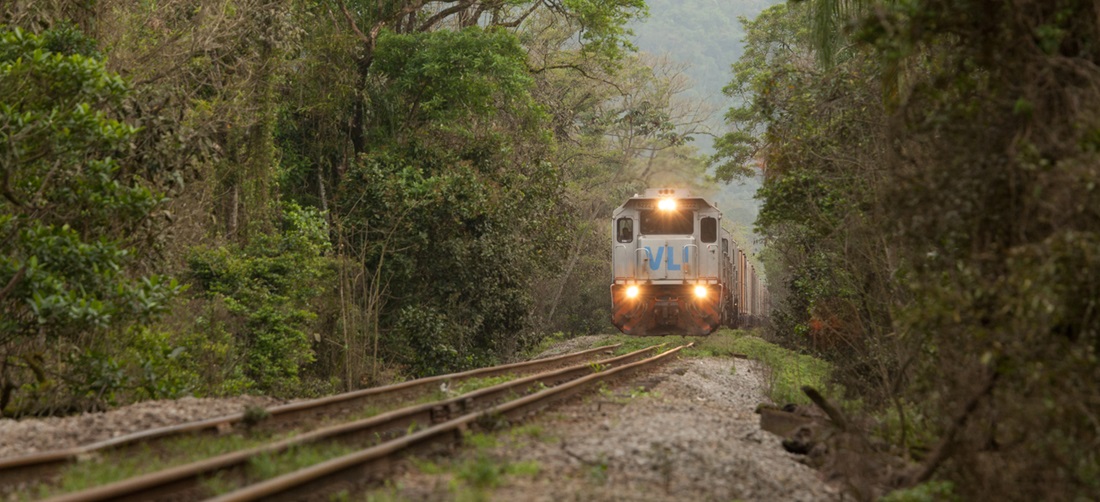
VLI saves 3 million liters of diesel using Fuelytics tool
Jan, 26, 2024 Posted by Gabriel MalheirosWeek
VLI has achieved the milestone of saving 3 million liters of diesel by 2023 through the use of the Fuelytics tool, which prioritizes specific actions based on mathematical modeling. With the reduction in fuel consumption, the company has managed to decrease atmospheric gas emissions by approximately 7,000 tons of CO₂.
Fully operational in the tracks of railways Ferrovia Centro-Atlântica (FCA) and Ferrovia Norte-Sul (FNS – Tramo Norte), both managed by VLI, Fuelytics strengthens the sustainable nature of freight transport even further, as the CO₂ emissions associated with this mode are lower than those of road transport.
Developed within the Inova VLI program, the company’s intrapreneurship branch, Fuelytics follows a continuous improvement process, aiming to monitor results while centralizing information to facilitate usability and employee autonomy.
How it works:
Fuelytics gathers operational information – such as data from locomotive onboard computers – and, through mathematical modeling, obtains statistical correlations. It identifies variables with the highest potential for fuel reduction by location, providing information to prioritize actions that enable gains.
By measuring impactful variables, the tool also offers insights that allow performance improvement and a consequent reduction in fuel consumption and CO₂ emissions.
Other factors considered in the equation include the train’s driving style and the profile of the traveled section, among other components that directly or indirectly impact the consumption-performance relationship.
Other Initiatives:
In addition to Fuelytics, VLI has other initiatives focused on energy efficiency. One such initiative is the Leader system, initially implemented in the operations of Ferrovia Norte-Sul VLI and, more recently, in the East and Southeast corridors of Ferrovia Centro-Atlântica, where the company maintains import and export flows through the port systems of Espírito Santo and Baixada Santista, respectively.
Through this software, the engineer can enable semi-autonomous driving when the train exceeds a speed of 8 km/hour. The estimated fuel savings through the use of the system are 7% in the East and Southeast Corridors and 3.5% in the North Corridor.
-
Economy
Mar, 27, 2023
0
Liner profits smash all records
-
Ports and Terminals
Apr, 29, 2024
0
Port of Santos to Expand Railway Infrastructure
-
Oct, 31, 2023
0
World leader in melon exports comments Port of Mucuripe operation
-
Ports and Terminals
Nov, 23, 2021
0
Eneva considers new gas terminal at Porto do Itaqui



